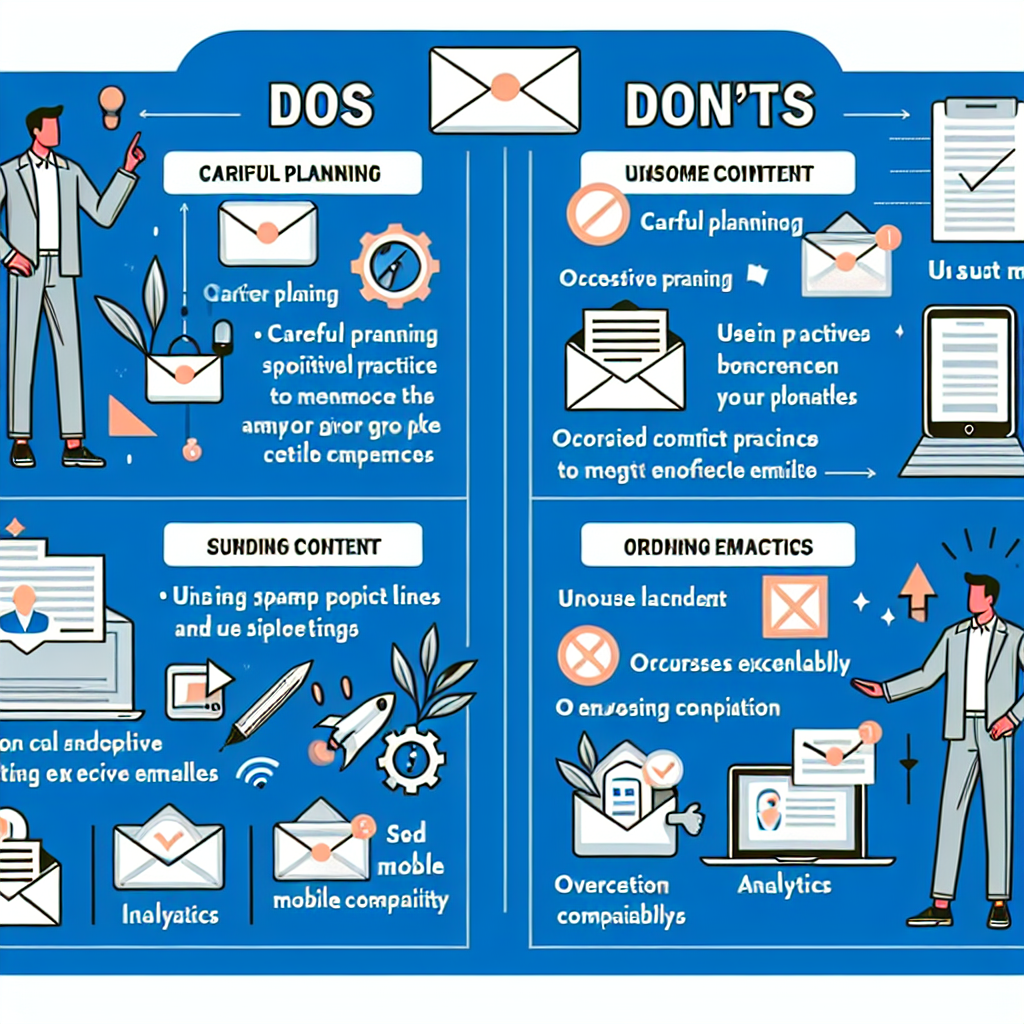Designing Effective Email Campaigns: A Step-by-Step Guide
Email marketing remains one of the most powerful tools for businesses to connect with their audience. According to a study by Statista, the number of email users worldwide is set to grow to 4.6 billion by 2025, making it a channel no business can afford to ignore. This blog post will walk you through the process of designing effective email campaigns that not only capture attention but also drive conversions.
Why Email Campaigns Matter
Email campaigns offer a direct line to your audience, providing an opportunity to share personalized, curated content. According to HubSpot, email generates $42 for every $1 spent, offering an astounding 4,200% ROI. With such potential, it’s crucial to design your email campaigns effectively.
Step-by-Step Guide to Designing Effective Email Campaigns
Step 1: Define Your Goals
Before diving into the design and content, it’s essential to define what you aim to achieve. Common goals include:
- Increasing website traffic
- Boosting sales
- Improving customer retention
- Building brand awareness
Clearly defined goals will guide the content, design, and metrics you’ll use to measure success.
Step 2: Know Your Audience
Your email campaign will only be effective if it resonates with your audience. Utilize segmentation to tailor your messages. For example, you can segment based on:
- Demographics (age, gender, location)
- Behavioral data (past purchases, website activity)
- Email engagement (opens, clicks)
Segmentation allows you to send more personalized and relevant emails, which can improve open and click-through rates by up to 760%, according to Campaign Monitor.
Step 3: Craft Compelling Subject Lines
Your subject line is the first thing recipients see, and it determines whether they’ll open your email. Here are some tips for crafting compelling subject lines:
- Keep it short and sweet (40-50 characters)
- Use action verbs
- Create a sense of urgency or curiosity
- Personalize when possible (e.g., include the recipient’s name)
According to OptinMonster, personalized subject lines are 26% more likely to be opened.
Step 4: Design for Mobile
With over 46% of email opens occurring on mobile devices, according to Litmus, it’s crucial to ensure your emails are mobile-friendly. Here are some best practices:
- Use a single-column layout
- Optimize images for faster load times
- Ensure buttons are large and tappable
- Use responsive design techniques
Step 5: Create Engaging Content
The content of your email should be engaging and aligned with your goals. Here are some content ideas:
- Personalized greetings
- Exclusive offers or discounts
- Informative articles or blog posts
- Customer testimonials or success stories
- Calls to action (CTAs) that guide the reader towards your goal
Always keep your content concise and relevant. According to a study by Constant Contact, emails with 20 lines of text and 3 images receive the highest click-through rates.
Step 6: Include Clear CTAs
Your email should have a clear call to action (CTA) that aligns with your goals. Here are some tips for effective CTAs:
- Use action-oriented language (e.g., “Shop Now,” “Learn More”)
- Make it stand out visually with contrasting colors
- Place it prominently within the email
According to Unbounce, emails with a single CTA can increase clicks by 371% and sales by 161%.
Step 7: Test and Optimize
Testing is crucial for optimizing your email campaigns. Here are some elements you can A/B test:
- Subject lines
- Send times
- Email design and layout
- CTAs
Use the data from your tests to make informed decisions and continuously improve your campaigns.
Step 8: Measure Your Success
Finally, measure the success of your email campaigns against your defined goals. Key metrics to track include:
- Open rates
- Click-through rates (CTR)
- Conversion rates
- Bounce rates
- Unsubscribe rates
Analyzing these metrics will help you understand what’s working and what needs improvement.
Conclusion
Designing effective email campaigns requires a strategic approach, from defining your goals to analyzing your results. By following these steps, you can create email campaigns that not only engage your audience but also drive significant business results. Remember, the key to success is continuous testing and optimization. Start implementing these strategies today to see a marked improvement in your email marketing performance.

